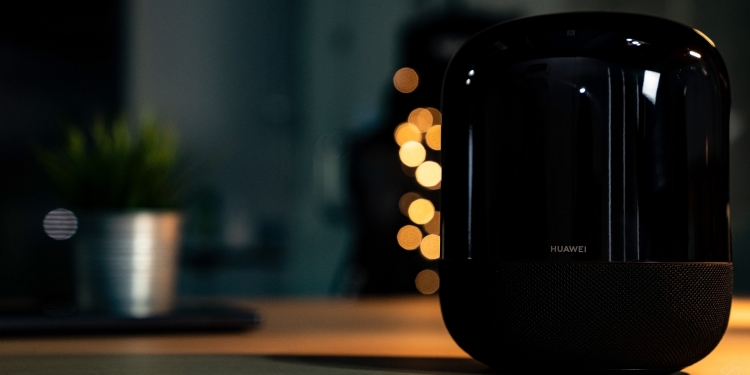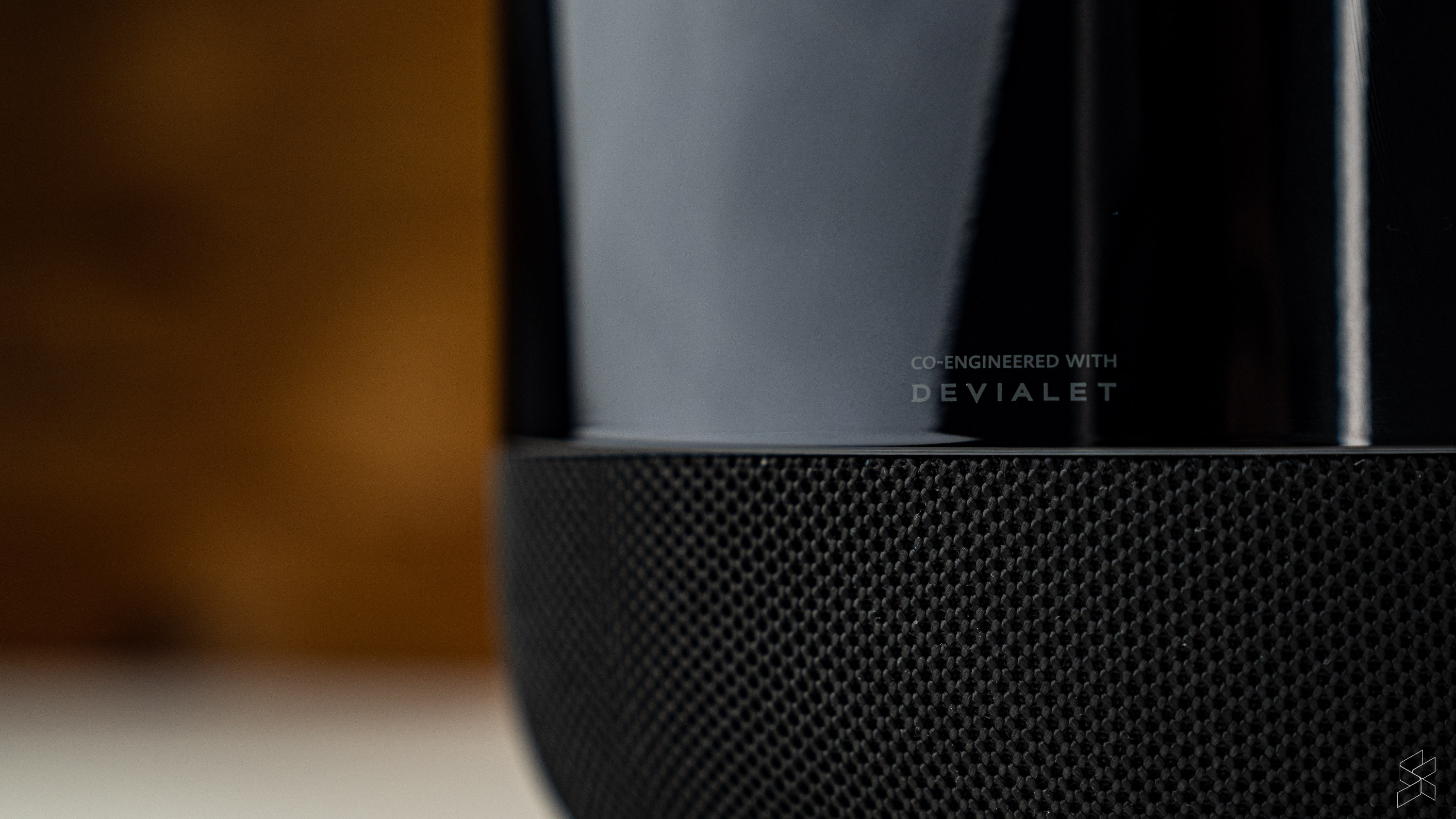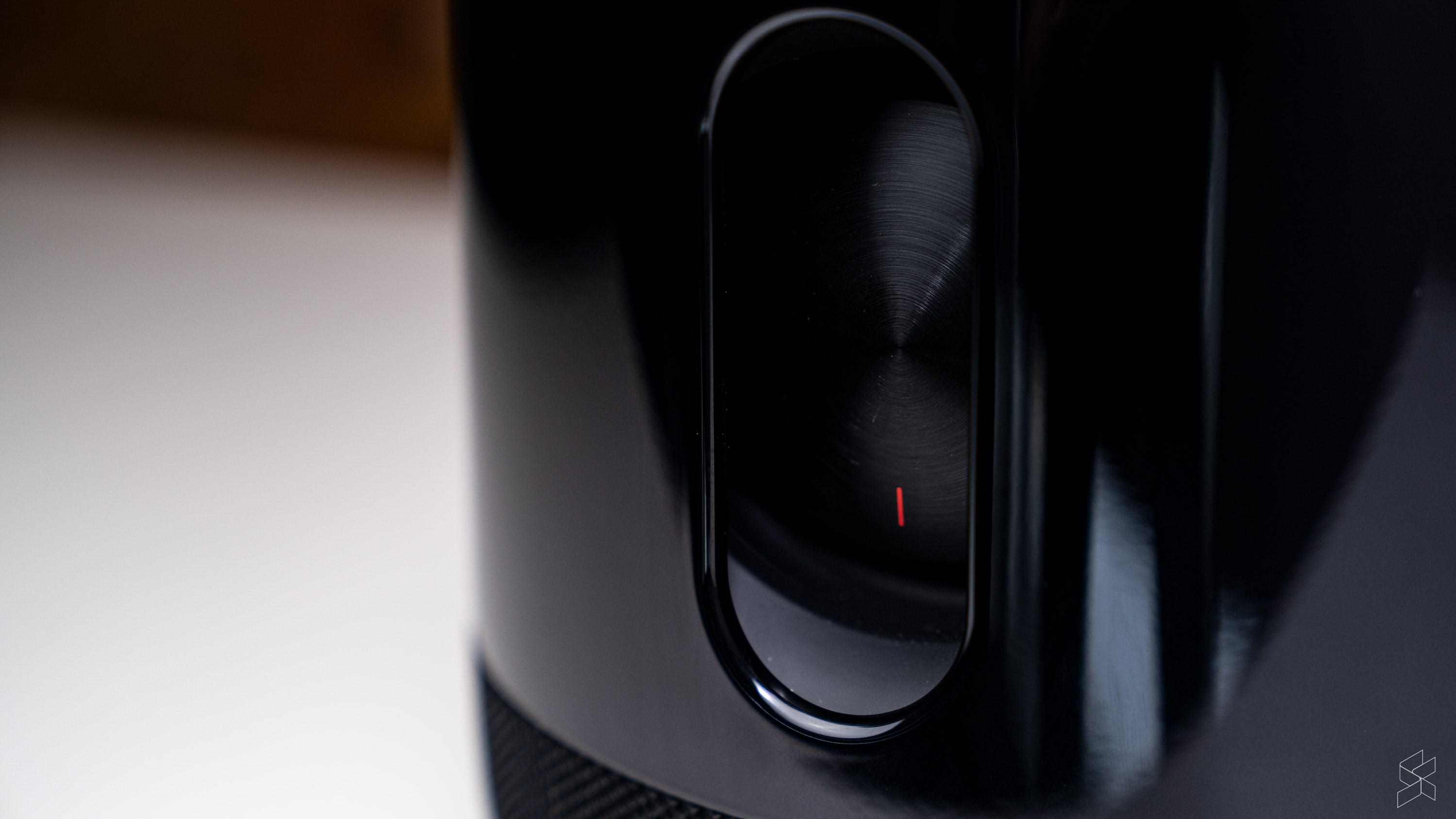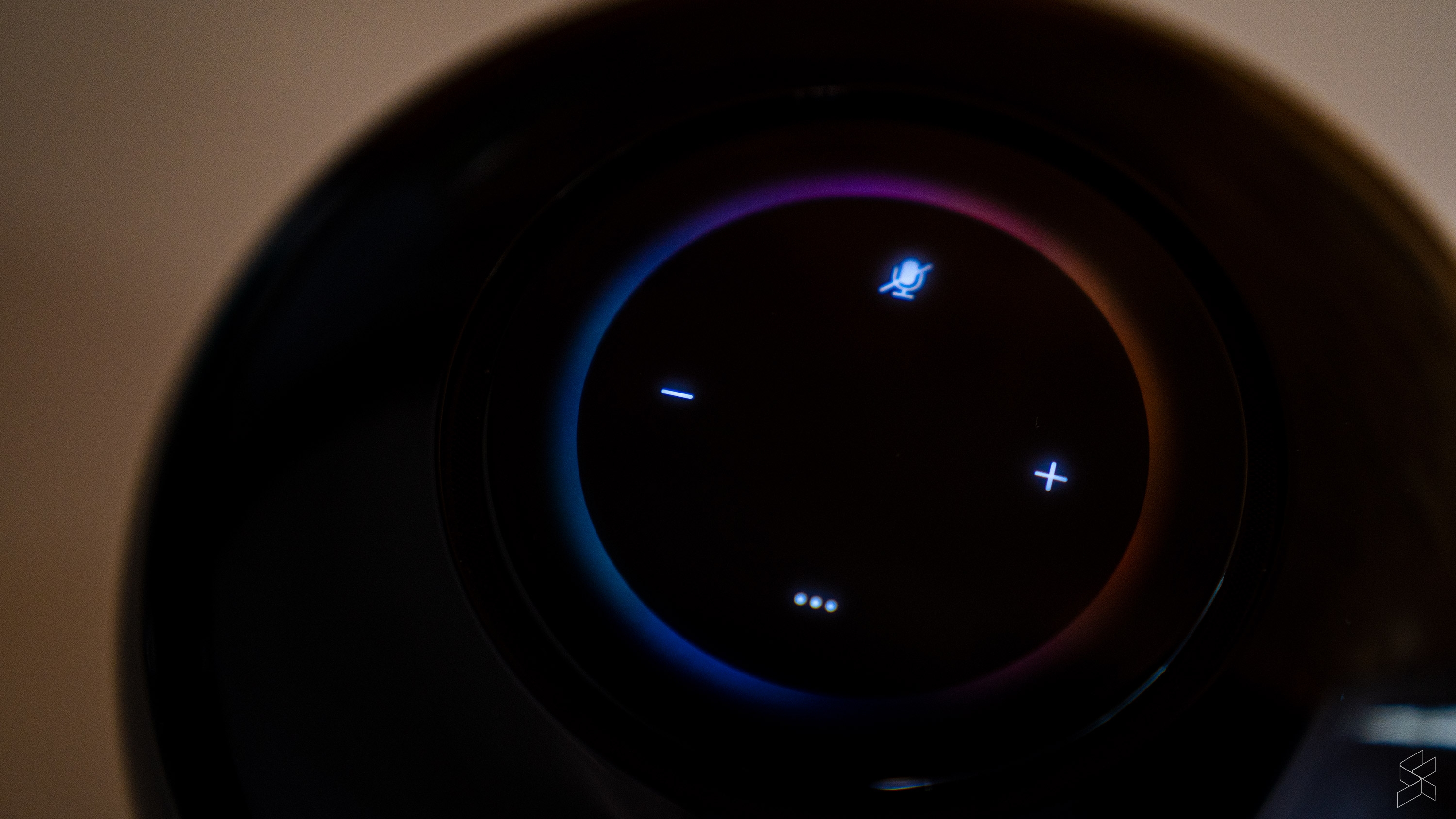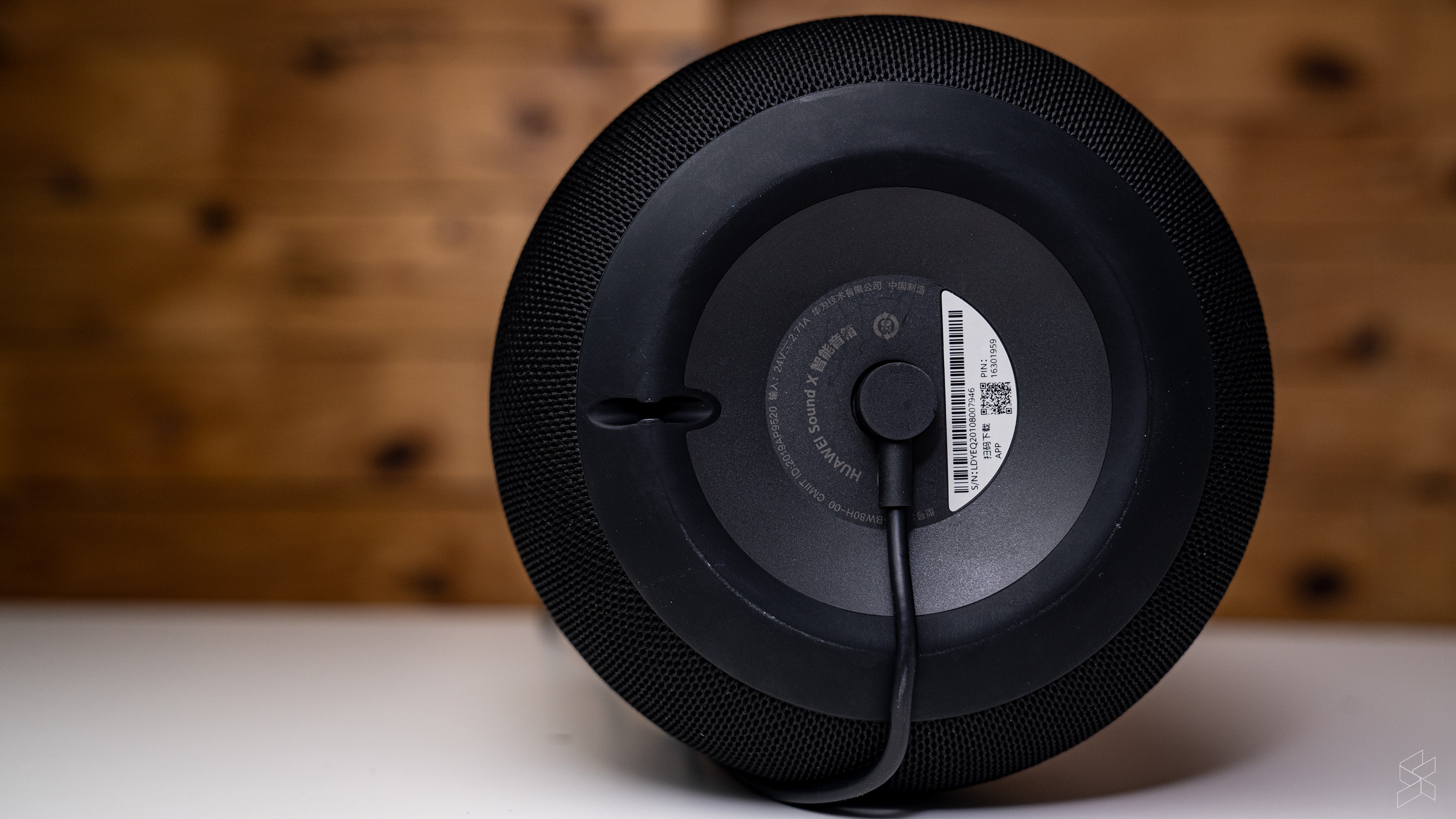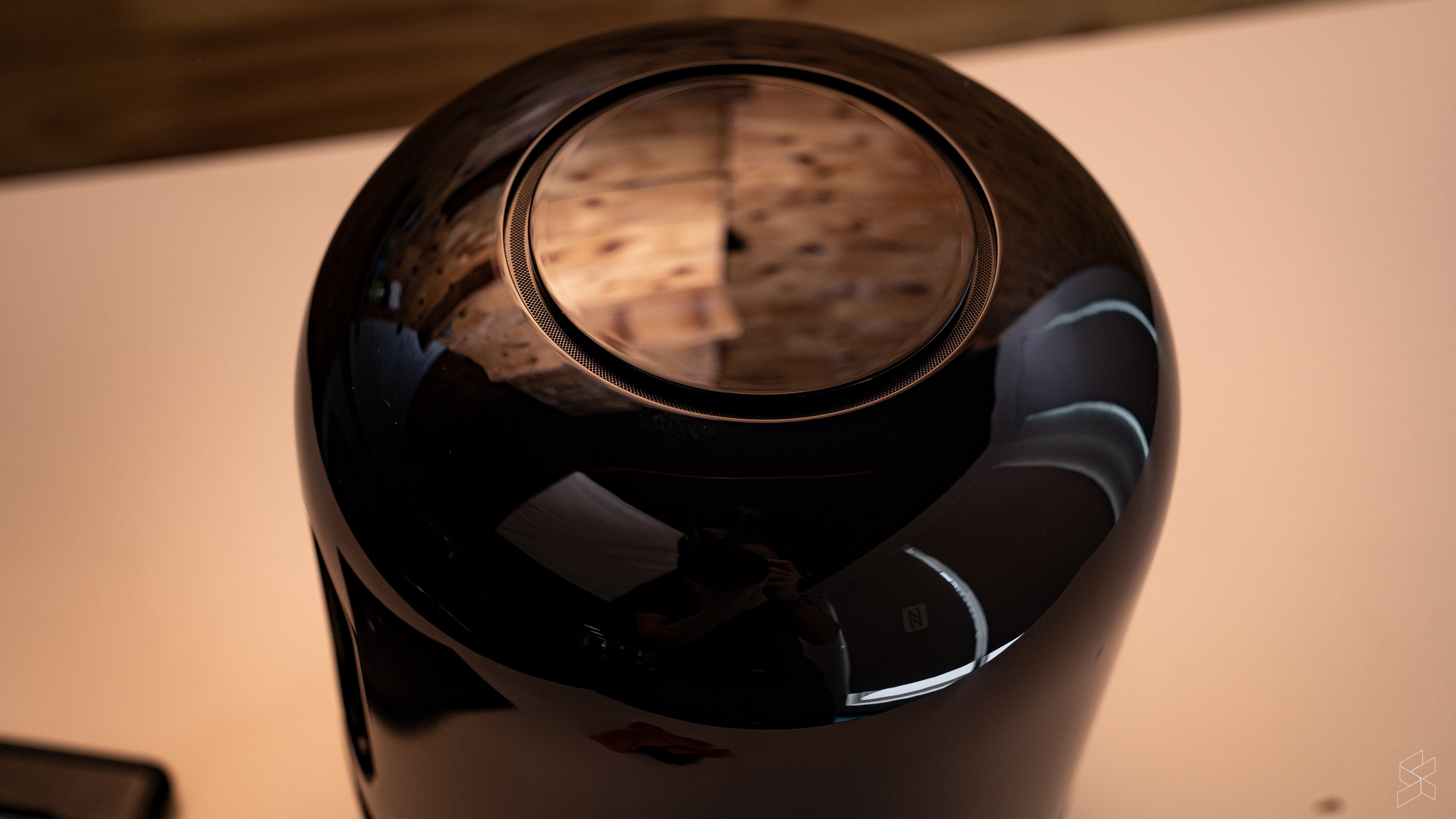When I first saw the Huawei Sound X being launched, the first thing I noticed—as I’m sure was the case with many of you—was its physical likeness to Apple’s HomePod. Huawei’s answer to the HomePod, or so I thought, is priced at RM1,299, and it supposedly offers “Smart” capability to rival the HomePod, as well as other smart speakers like the Google Home.
All of which makes perfect sense to me. Huawei’s ongoing struggles with the U.S. government have resulted in a renewed focus from the Chinese company on AIoT products, and building a viable ecosystem as a whole. And while the Sound X isn’t exactly cheap, I was certainly excited to spend a few weeks with Huawei’s latest product—especially so as I continue to build my own smart home ecosystem.
So, what was my experience like? Spoiler alert: rather underwhelming.
First things first: Sound quality
Let’s put aside any fancy smart features for now, and talk about the core proposition of any speaker: sound quality. Huawei has placed a lot of emphasis upon the company’s collaboration with Devialet, a French audio technology company that was founded in 2007. A quick peek through the company’s catalogue is enough to tell me that Devialet’s offerings are usually catered towards the high-end, audiophile market segment.
The Huawei Sound X, the firstborn product of this partnership, has a bunch of features that—on paper—reflect this supposed expertise. We’re talking about a dual-subwoofer system that promises “luscious” bass tones, along with Devialet’s SAM (Speaker Active Matching) technology.
The latter, in particular, caught my attention. SAM technology, according to Devialet, basically ensures that the sound pressure produced by speakers matches the audio signal that is picked up by microphones. This helps to reduce delay between bass and other frequencies, while speakers are also prevented from going over the speaker’s physical limit—therefore protecting your ears from damage from high levels.
Despite Huawei saying SAM helps music to “sound exactly as it was intended to be heard”, I didn’t exactly find this to be an accurate assessment of the Sound X’s performance. Instead, bass tones are rather overpowering, and the overall sound profile is muddy. As promised, the 60W of bass certainly offers enough thump for EDM tracks, but I found it to be severely lacking in presence and clarity when it came to most other genres of music.
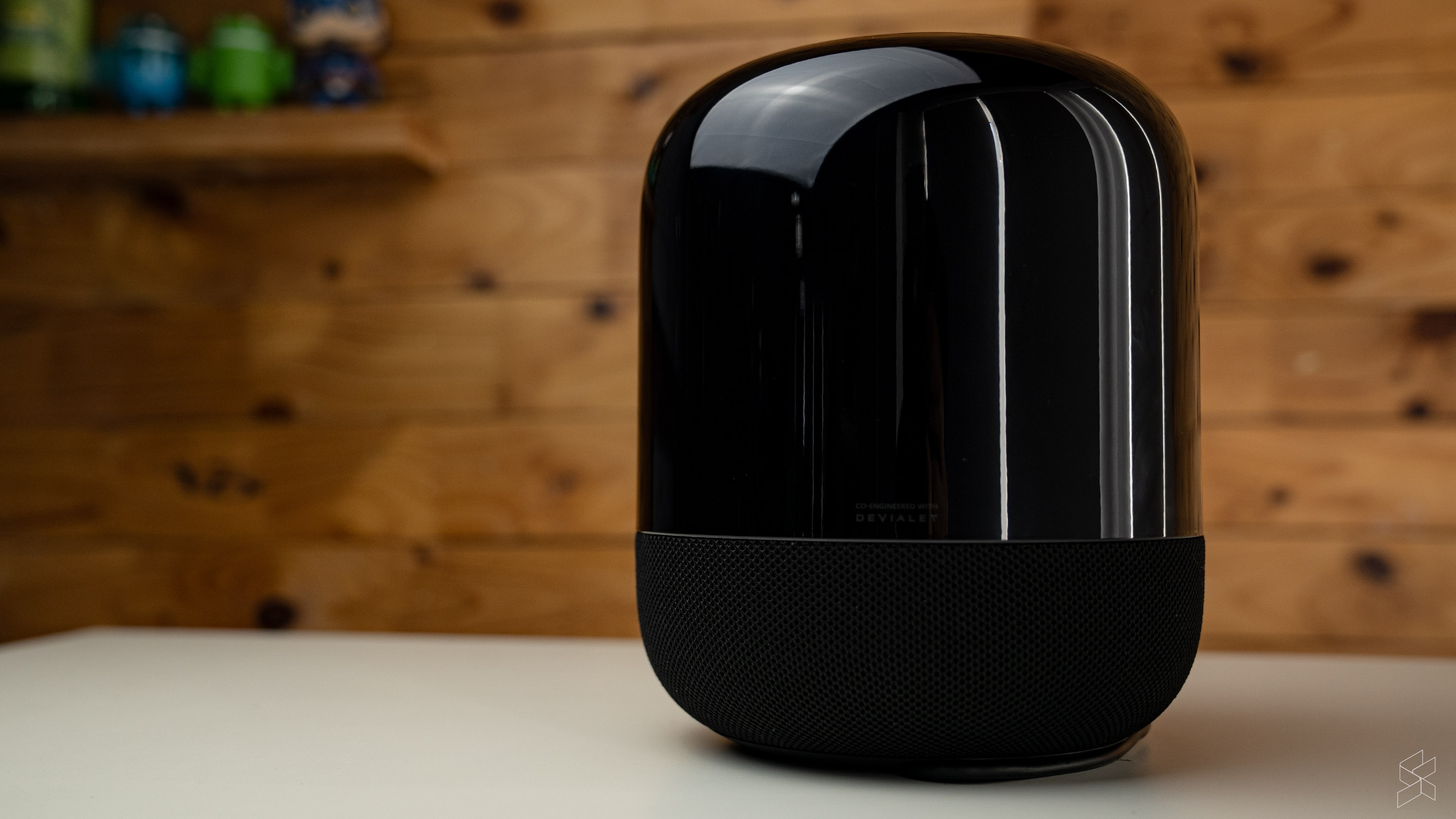
Finally, Devialet’s Push-Push woofer architecture has been brought over onto the Huawei Sound X. According to Huawei, this technology basically cancels out vibrations between the dual subwoofers to ensure that the speaker remains stable at all times. This is particularly important for small (but powerful) speakers, which tend to move about on a smooth surface due to subwoofer vibrations.
And it works—the Sound X stayed in one place for the most part, even with volume turned up to maximum.
Overall, the Sound X’s performance with regards to audio quality was underwhelming, to say the least. It’s clear that Huawei has put a lot of work into creating a small enough speaker that still puts out enough thump, and in all directions (360 degrees). And perhaps that’s what people are looking for in a portable speaker these days—but it’s a hard pass for me.
But at least it has “smart” features, right?
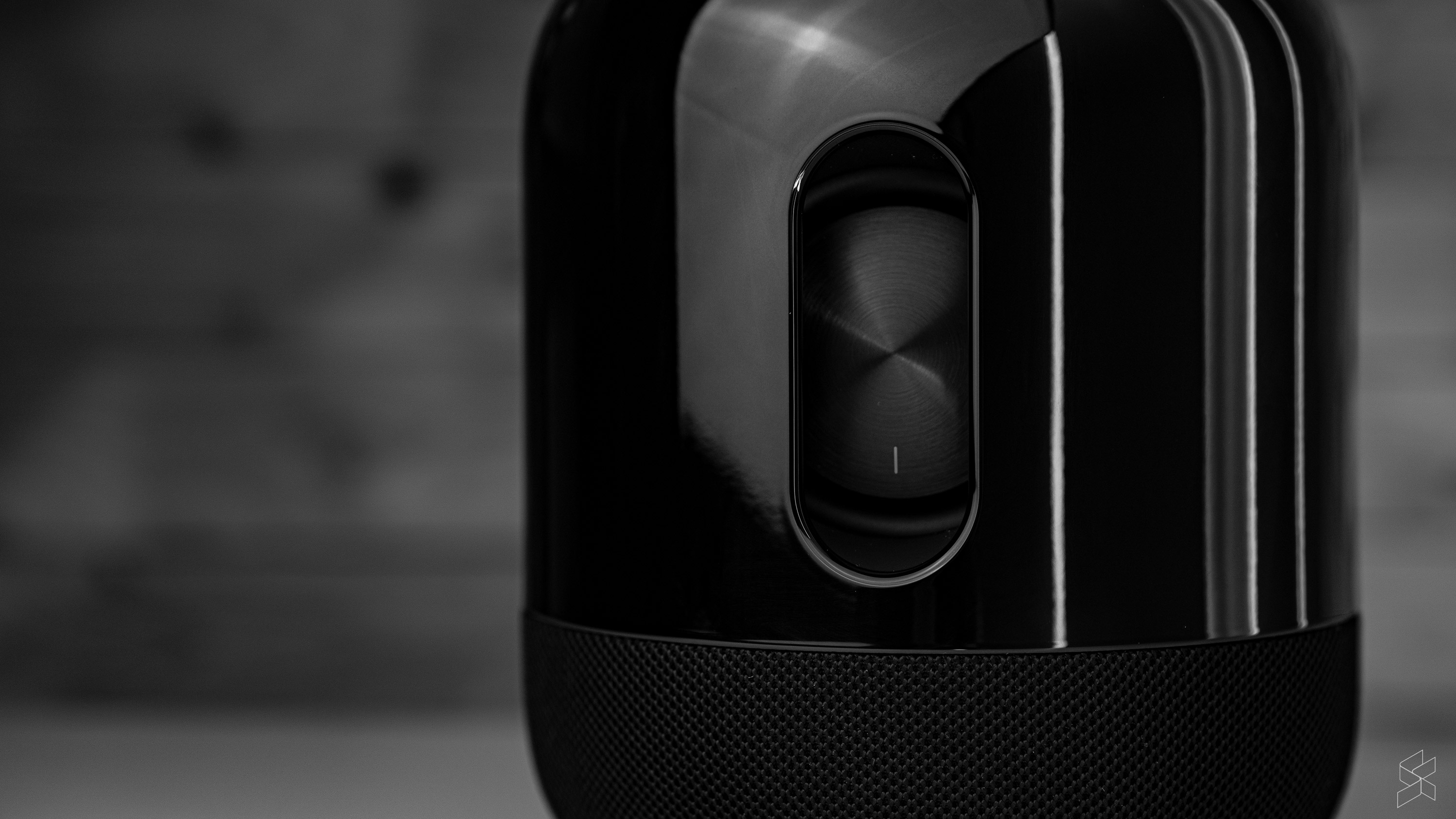
The short answer? No. At launch, Huawei CEO Richard Yu introduced the world to Celia, a new virtual assistant that could bring “AI speaker” functionality to the Huawei Sound X at some point in the future. Yet here we are, two months on, and the Sound X remains as “dumb” as ever. If you’re in China, you will be able to use the “Xiaoyi” voice assistant on your smart speaker; for the rest of the world, the Sound X is just a glorified Bluetooth speaker.
When you turn on the Sound X, you’re prompted to download the HiLink app from the Huawei AppGallery to enable the “smart” aspect of the speaker. Unfortunately, the HiLink app still isn’t available (at the time of writing) on the Huawei AppGallery in Malaysia, and there is zero support for any virtual assistants whatsoever. This, to me, is incredibly disappointing, and it makes the Sound X seem like a half-baked product—at least, in Malaysia.
Design is probably the Sound X’s strongest feature
What I do like about the Sound X is how sleek everything looks. From the mesh-covered bottom to the glossy finish that covers most of the Sound X, the entire setup looks polished, premium. It’s surprisingly hefty, too, at 3.5kg. This isn’t so much of an issue here, as the Sound X needs to be plugged in at all times, so you won’t be carrying this around with you. Plus, at 165mm in width, it’s just about compact enough to squeeze onto an average size shelf—and look good sitting there.
On the top of the speaker, you also have four touch buttons, with a circular RGB tri-colour indicator surrounding it. If you cover the button layout with your palm, the Sound X will mute playback, and generally, the buttons work well enough—with the exception of the multi-function button. I’m guessing that this is caused by the missing “smart” functionality here, so again, it’s difficult to get the full picture. Still, the other three buttons work well enough, and the RGB colour strip contrasts nicely against the glossy black surface.
Connectivity: No, you don’t need Huawei Share for this to work
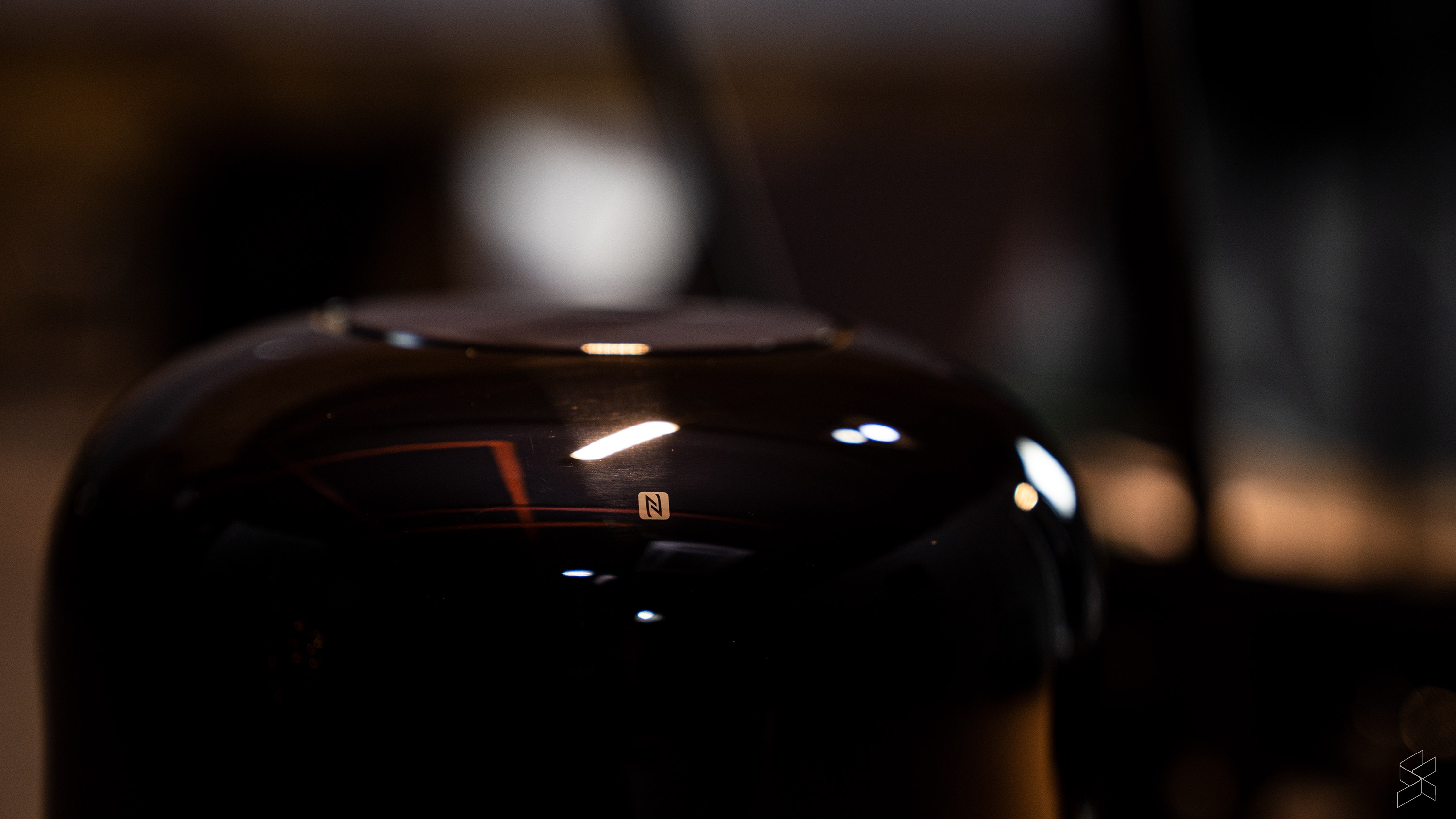
As with many Huawei AIoT devices, the Sound X also works well with the company’s proprietary Huawei Share technology. This means that you can tap your phone against the NFC logo on the Sound X, and you’re given an easy prompt to connect via Bluetooth. However, it’s worth noting that any phone with NFC—not just Huawei ones—that are on Android 5.1.1 and newer will have this functionality.
There’s one small difference if you’re using a compatible Huawei phone, however. When using a P40 Pro in the vicinity of the Sound X, I was prompted by the phone if I wanted to connect to the nearby Sound X—which is reminiscent of how Apple’s AirPods work with iPhones. It works fairly consistently, too, so no complaints here.
Otherwise, you’re free to connect to the Sound X via your Bluetooth settings, just like any other Bluetooth speaker.
Verdict: A hard pass… for now
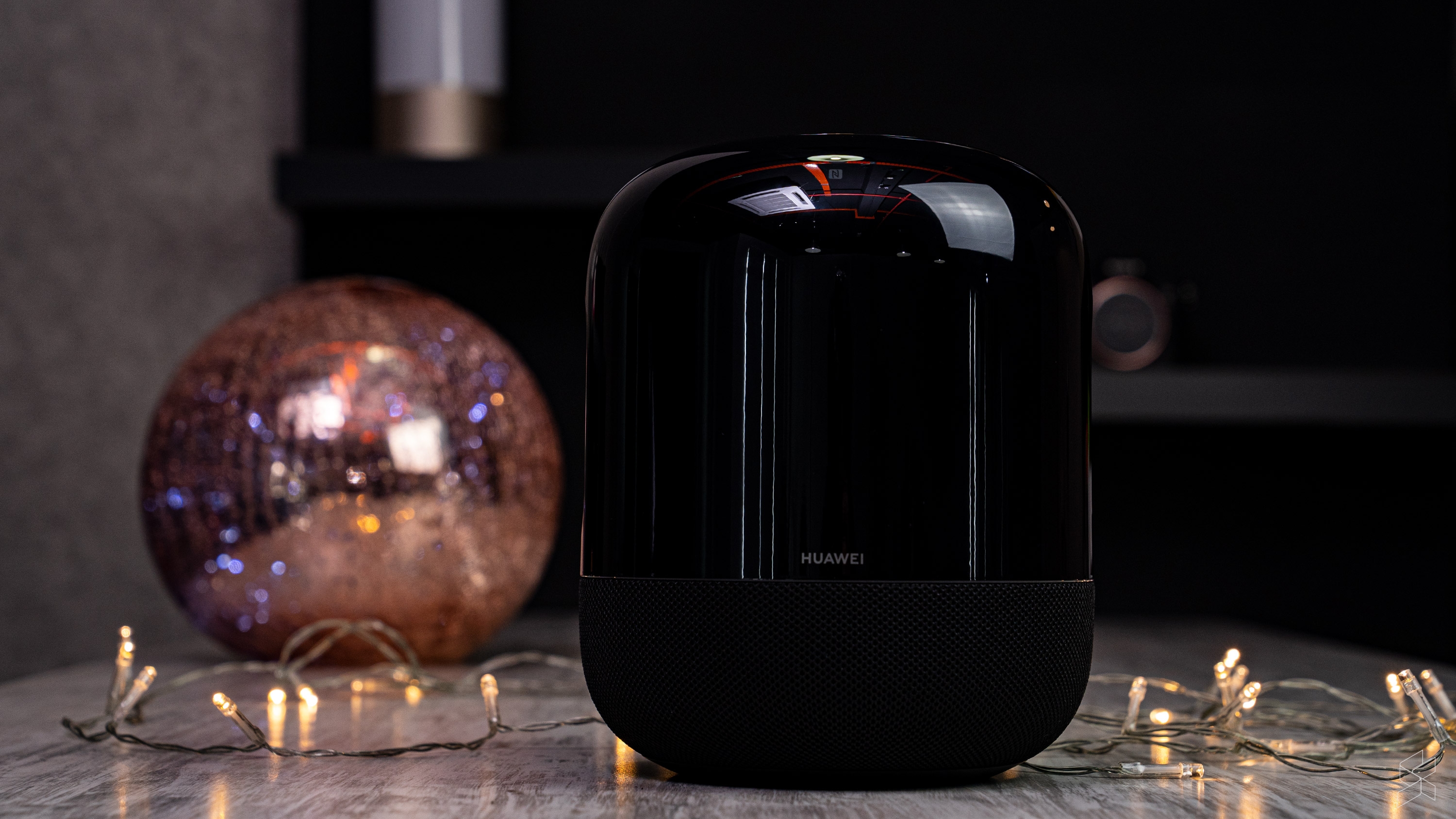
To make a judgement call at this juncture feels a little unfair, but my experience with the Sound X was certainly an underwhelming affair. A large part of the blame for that goes to the lack of “smart” functionality whatsoever, although Huawei might still rectify this with an OTA update at some point. It appears that users in China have access to a voice assistant, which makes me wonder: why exactly did Huawei release the Sound X in Malaysia without one of its core features?
Even if you disregard the (lack of) smart functionality of the Sound X, the sound quality still leaves much to be desired. Frankly, the emphasis on bass overpowers most non-EDM tracks, and it makes for a very thumping, but imbalanced overall listening experience. Perhaps I don’t fall into the target market for Huawei here—I’d much rather a warm, balanced sound profile than something that’s built to “party anytime, anywhere”.
However, I am curious to see how well the Sound X works with smart capabilities (if/when that ever comes). And it has to be more than simply a voice assistant. In this day and age, smart speakers are supposed to be a front-line device in an AIoT ecosystem—input voice commands through your speaker, and control the whole smart home.
Or at least, that’s the idea. For now, the Huawei Sound X doesn’t quite have the smarts to make it as a smart speaker. And as a premium-looking, albeit glorified Bluetooth speaker, its performance is average, at best.
Photography by Zachary Yoong with the Sony A7 III.

